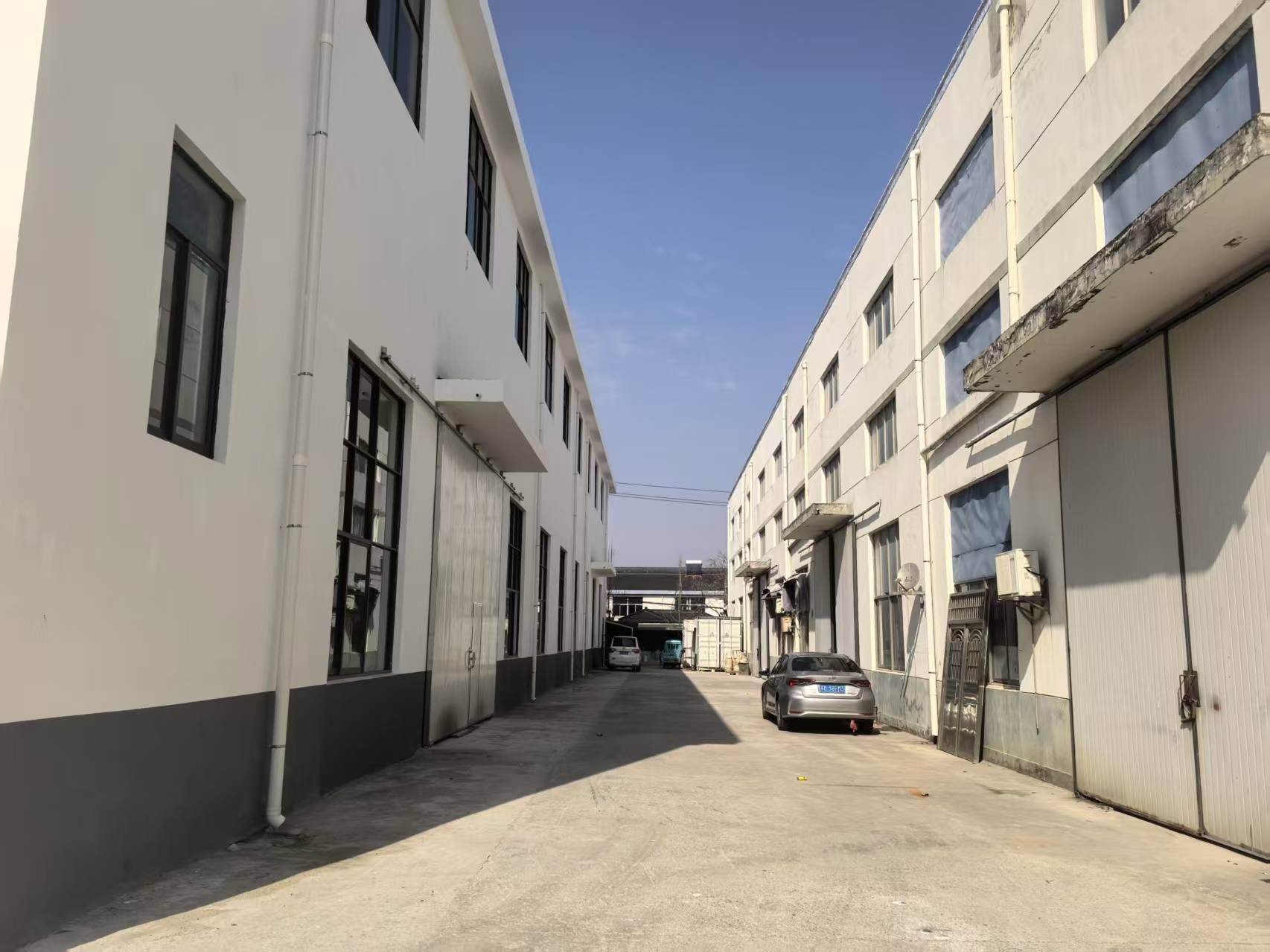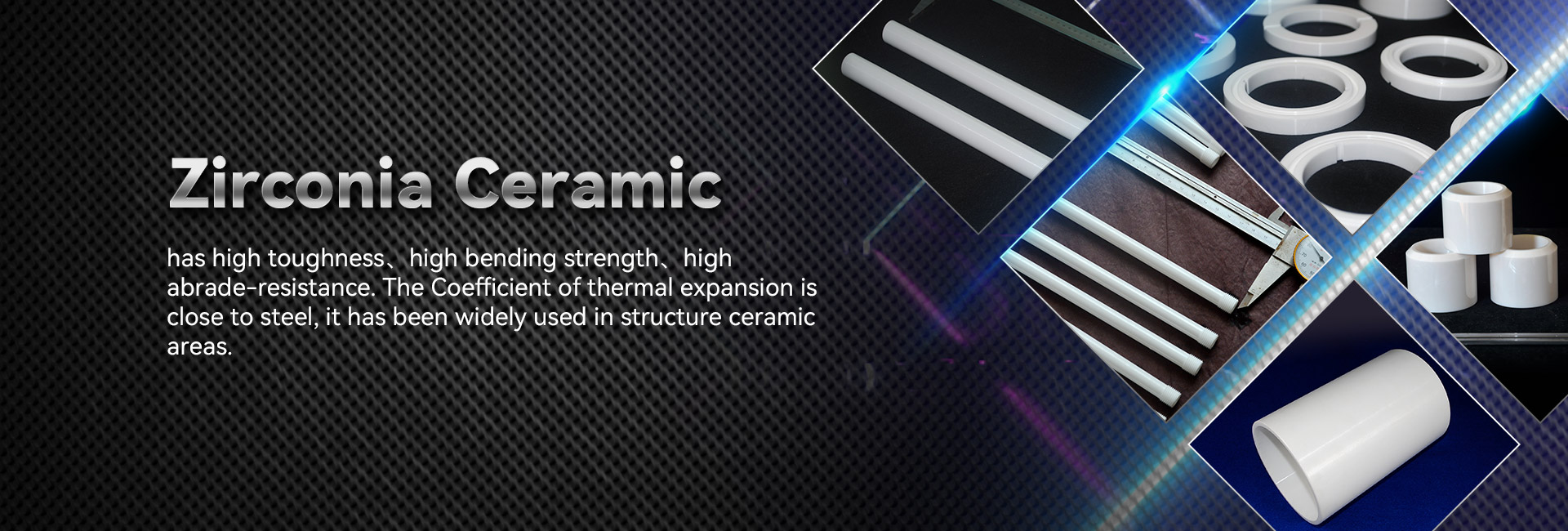
Industrial alloy boast unique structural traits, establishing them suitable for a diverse range of instances. Developing from aerospace and transportation to electronics, these materials are rapidly enhancing to meet the criteria of a contemporary society.
- Their hardness and immunity to critical settings make them indispensable for advanced devices.
- In addition, technical ceramics deliver positive attributes in terms of strength, supporting the growth of trailblazing technologies.
Industrial Materials: Developed for Supreme Output
Developed ceramics dominate in challenging deployments due to their extraordinary attributes. Produced from specially chosen raw substances and treated by thorough processing procedures, these progressive elements showcase peerless hardness, deterioration resistance, and endurance to severe temperatures, wearing, and scraping. From aerospace sections to machining tools, industrial ceramics present unparalleled output across diverse markets. Their versatility allows resisting harsh states, confirming tenacity and dependability. As progress progresses, the market for high-performance compounds grows, cementing the major job of industrial ceramics in shaping a stronger prospect.
Advanced Ceramics: Surpassing Matter Barriers
Composites, possessing extraordinary durability and durability, are underwent a metamorphosis. Next-generation ceramics, formulated with scrupulous control over their arrangement and microstructure, defying the limits of everything that is possible. These materials demonstrate a wide assortment of traits, designating them advantageous for hard arenas such as astronautics, therapeutics, and utilities. From slender parts that hold up under extreme heat levels to body-friendly implants that unite naturally with the anatomy, advanced ceramics are changing our sphere.
Detailed Ceramic Manufacturing: Satisfying Specialized Criteria
Ceramic fabrication has transformed notably in recent epochs, granting the creation of complex and highly efficient ceramic components. These parts are key across a extensive range of branches, including space, biological, and instrument domains. Meeting the strict conditions for these scenarios calls for meticulous fabrication strategies that provide for dimensional exactness, surface polish, and material characteristics. Advanced ceramic fabrication processes adopt numerical methods, including slip casting, injection molding, and additive manufacturing. These tactics support the assembly of complex forms and detailed characteristics with supreme uniformity. In addition, advances in substance development have given rise to new ceramic compounds endowed with advanced characteristics. These materials exhibit increased fortitude, survival, and tolerance to demanding environmental conditions, permitting their use in demanding sectors.
The prospects for fine ceramic fabrication are substantial. As inquiries and refinement go forward, we can expect even more complex methods and composites that will likewise broaden the frontiers of what is feasible in this domain.
Durable Ceramic Compounds for Harsh Realms
Modern ceramic substances offer extraordinary hardness and stamina against harsh realms, making them perfect for taxing purposes in space sectors. These modern ceramics can endure elevated thermic loads, withstand damage, and retain their efficiency under challenging performance forces. Their incomparable morphological features empower robust effectiveness in tough circumstances, including high-temperature furnaces, aircraft engines, and energy generators.
- Ceramic composites
- Thermal resistance
- Reduced mass
Ceramic Blends: Merging Rigidity and Effectiveness
Combined ceramics present a compelling mix of mechanical resilience and distinct customized capacities. Through the combining of ceramic grains within a scaffold, these mixtures achieve exceptional skills. This mixture results in heightened withstandability against high temperatures, wearing, and chemical degradation, rendering them perfect for rigorous duties in flight, automobiles, and fuel branches. Furthermore, ceramic composites can be modified to possess specialized properties like electrical conductivity or biocompatibility, widening their employability across diverse arenas.
Detailed Management in State-of-the-Art Ceramics
Realizing targeted traits in progressive ceramics frequently necessitates thorough oversight over their architecture. Countless handling factors, including sintering thermal setting, span, and atmosphere, alongside the embedding of dopants or extra phases, significantly affect the structure of microstructures, permeability, and other microstructural aspects. Rigorous refinement of these criteria allows for the advancement of resilience, splitting resistance, and warmth conductivity. Namely, upsizing the sintering heat magnitude can encourage grain expansion, thus increasing density and improving mechanical fortitude. Conversely, governing the firing atmosphere may alter the oxidation mode of the ceramic, thereby influencing its electrical electric flow or magnetic features. Appreciating these relationships between microstructure and properties is key for creating advanced ceramics with designed quality suitable for wide scenarios.
Scratching-Resistant Ceramics: Augmenting Longevity
In high-stress commercial fields, where items are affected to constant scoring and degradation, substances with notable wear resistance are fundamentally needed. Wear-resistant ceramics have developed as a key answer, affording unparalleled endurance and output in numerous realms such as production, mining, and aerospace. These specialized products possess a distinctive grain layout that augments their potential to fight damage. By capitalizing on the inherent robustness and thickness of ceramic structures, engineers can develop strong parts capable of withstanding the most extreme operating circumstances.
Bio-Compatible Elements: Deployments in Health Sector
Biofriendly ceramics have remodeled the health market, furnishing an array of beneficial features for wide-ranging assignments. These composites are bioinert within the tissue, minimizing reactionary responses and facilitating healing. A prime mission for biocompatible ceramics is in prosthetic supports, where their strength sustains long-lasting support to damaged body parts.
Moreover, they are adopted in oral care, supplying a steady and beautiful solution for tooth restoration. Ceramics also exercise a key position in controlled release technologies, contributing to the localized supply of drugs to specific zones within the body.
- Besides, biocompatible ceramics are continuously being examined for regenerative medicine, serving as a matrix for restoration.
- Accordingly, the possibility of biocompatible ceramics in medical science looks encouraging, with continual efforts expanding their capabilities.
Ceramic Sensing Technologies: Improving Precise Assessments
Sophisticated ceramic sensors have emerged as essential units across a diverse array of realms. These detectors utilize the incomparable aspects of ceramic materials to deliver highly precise quantifications. Their strength in ceramic rod {demanding|harsh| 